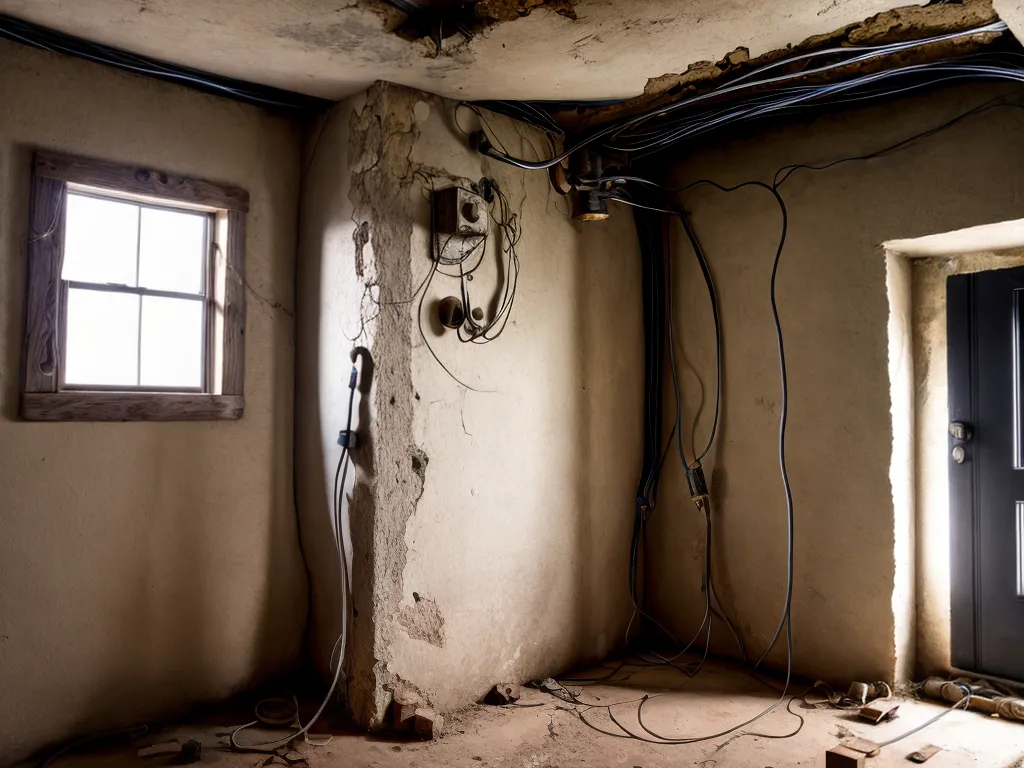
How to Troubleshoot Ancient Knob and Tube Wiring in Your 1890s Farmhouse
Assess the Overall Condition of the Wiring
As the owner of a 19th century farmhouse, I know that knob and tube wiring can seem daunting. However, with some diligence and care, it is possible to assess and troubleshoot this antiquated system. The first step is to carefully examine the visible wiring to check for cracked or frayed insulation. I look for signs of heat damage like discolored or brittle insulation. I also check for loose connections and corrosion on the ceramic knobs and tubes. Any issues I find are cause for concern and mean I should call in a professional electrician. If the insulation damage is minimal, I may be able to re-wrap the wires with electrical tape as a temporary fix.
Check for Unsafe Wiring Practices
While examining the knob and tube wiring, I check for any unsafe modifications that may have been made over the decades. For example, sometimes newer wires have been improperly spliced into the old system. I look for any modern plastic-sheathed wiring intermingling with the original cloth-covered wires. Any spliced connections should be made within a properly-grounded junction box. I also watch for any extension cords that have been permanently wired into outlets or lighting fixtures. These types of improper alterations are fire hazards and need to be corrected. If I find any questionable wiring practices, I discontinuing using those circuits until a professional can evaluate.
Consider Upgrading the Entire System
Once I have thoroughly inspected the knob and tube wiring, I consider if it might be time for a full upgrade. While knob and tube can be functional if well-maintained, it does not meet modern safety standards. For example, there is no grounding in most vintage wiring systems. Also, the wiring often cannot handle the electric load of modern appliances and devices. Upgrading the wiring will also allow me to take advantage of modern safety features like arc fault circuit interrupters. Replacing knob and tube wiring can be costly, but it might be worthwhile for increased electrical capacity, efficiency, and safety. I consult with a qualified electrician about my upgrade options. They can help me prioritize the most hazardous circuits to replace first.
Use Appropriate Precautions
While I am waiting to upgrade the wiring in my 1890s farmhouse, I take some simple precautions to use the knob and tube system safely. I have the wiring inspected at least once a year by a professional to catch any deterioration or faults. I avoid overloading the circuits by minimizing use of appliances, heaters, window AC units, and other high-draw devices. I also never run extension cords over the antique wiring. For extra protection, I keep fire extinguishers and smoke detectors throughout the house. And I refrain from doing any electrical work myself and always turn off power at the main breaker before accessing any old wiring or junction boxes. Staying alert and cautious allows me to safely coexist with the original knob and tube wiring until I can budget for a comprehensive upgrade.